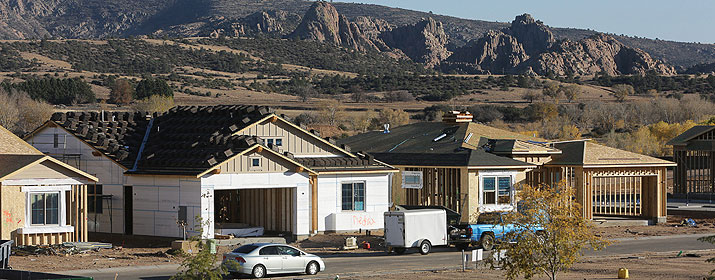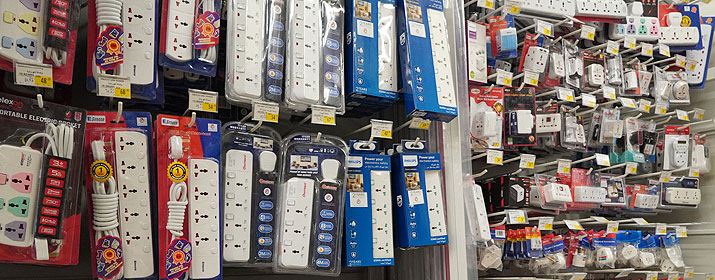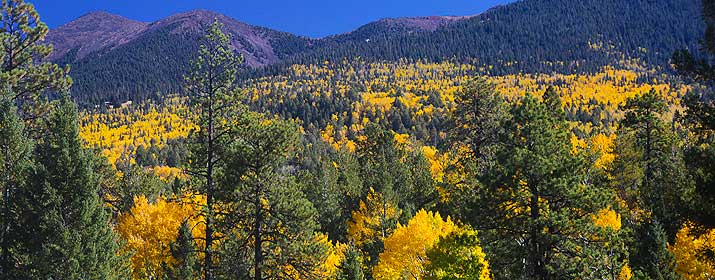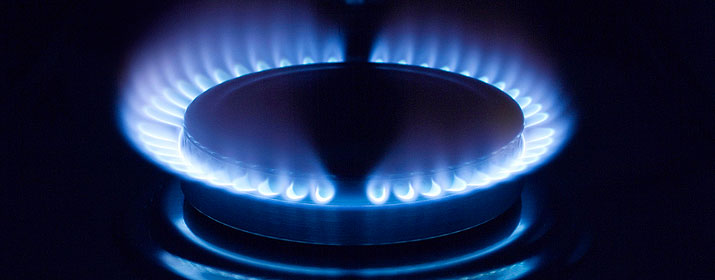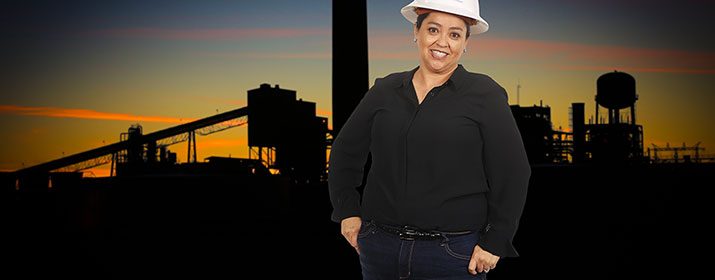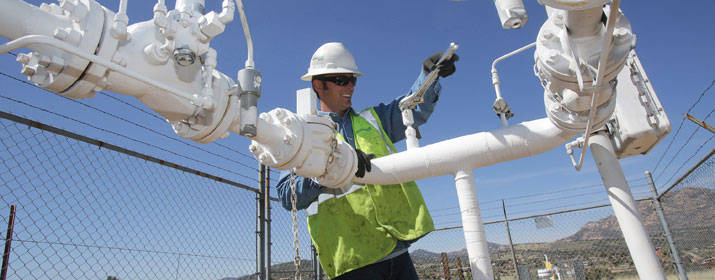
Maintaining the safe and reliable delivery of natural gas to customers requires continual inspection of controls located throughout UniSource’s service territory.
Inspection and maintenance of emergency and sectionalizing valves are an essential aspect of maintaining reliable service, said Duncan Jakes, District Manager for the Verde Valley.
“These inspections help us to maintain our equipment and remain familiar with our distribution system, so we’re ready to respond to an emergency at a moment’s notice,” Jakes said.
Under federal pipeline safety regulations, emergency valves must be installed on inlet piping to regulator stations. Similarly, gas system operators must install and maintain sectionalizing valves at strategic intervals within the distribution system. Sectionalizing valves can be used to shut off the flow of gas in specific areas to accommodate routine maintenance or in the event of an emergency.
Underground valves must be clean, readily accessible and in good working order. Employees also inspect above-ground installations for any signs of corrosion or pipeline coating deterioration that could lead to future corrosion.
UniSource inspects and maintains more than 1,200 emergency and sectionalizing valves in a service territory that spans 56,240 square miles throughout Arizona. Employees inspect these valves annually, satisfying or exceeding federal requirements.
UniSource’s transmission and distribution mains and service lines are designed and built to comply with federal pipeline safety regulations. Federal and state agencies regulate most aspects of natural gas operations, including transport and storage, maintenance and inspections, pressure and even the odorant levels of gas.
UniSource provides natural gas to 160,000 customers in 39 communities throughout Arizona.

